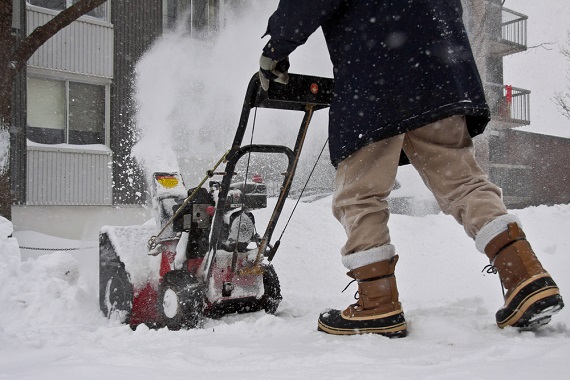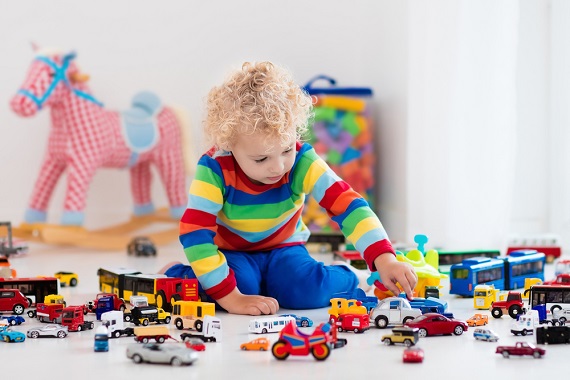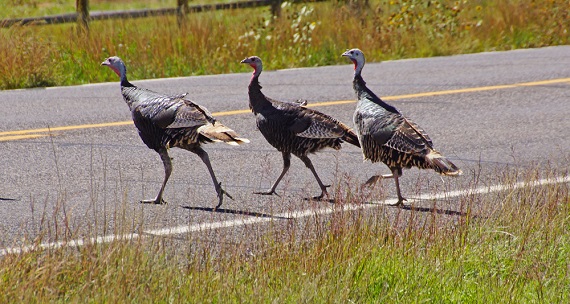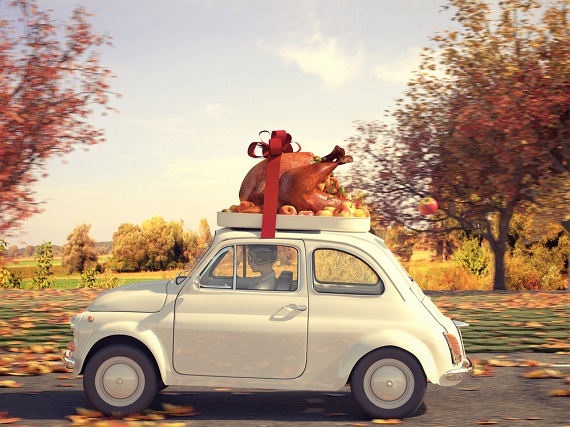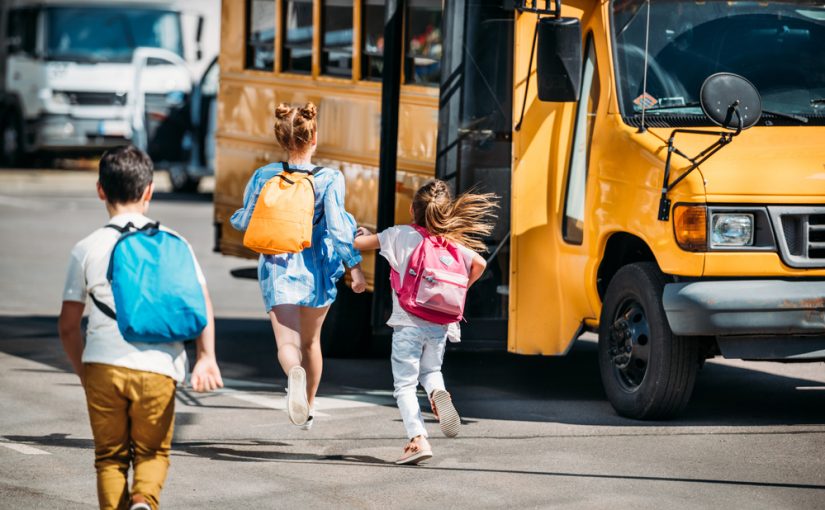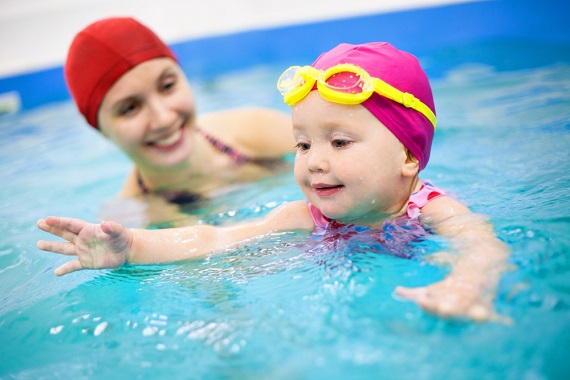In the first New England snowstorm of the year a few weeks back, doctors raised the alarm about a spate of snowblower-related injuries they were seeing in local hospitals. It happens every year … the US Consumer Products Safety Commission says that more than 5,000 people visit emergency rooms each year with snow blower injuries. Most injuries involve the hands, ranging from cuts and lacerations to amputations. Experts say that with precautions, most snowblower injuries are preventable. And surprisingly, victims are not just first-time users – experience with the equipment doesn’t appear to be factor, injuries occur to highly experienced users, too. Dr. Shapiro of the Cleveland Clinic says:
Most times, injuries happen when people let their guard down. So even if a person has been using a snow blower for years, Dr. Shapiro says it’s important to follow the rules every single time to avoid a devastating injury.
“It’s very important to follow the rules — they’re there for a reason and they do make a difference,” he says. “It’s not typically the novice snow blower user who gets injured. It’s the person who’s been using it for five or 10 years, has considerable experience with it and may think that he or she can get away with something that they didn’t think they could get away with when they first got the machine.”
Great work by #Lawrence firefighters & first responders in helping the injured man and even shoveling his driveway!
Important reminder: Keep hands out of snowblower chutes & buckets, even after the snowblower is turned off, as blades still may have tension to rotate.#MAsnow https://t.co/XzEF8Ch5NJ pic.twitter.com/yqkGDYsoz2
— MEMA (@MassEMA) December 4, 2019
The frequency of injuries often is related to the depth and type of snow. Higher temperatures and wet snow were frequent factors. In an article in Boston.com – Doctors tell you how to avoid the emergency room this winter – Dr. Robert Partridge of Emerson Hospital says:
“When the snow is thick and has a heavy water content, it can jam the snow blower,” Partridge said. “Many people don’t realize that even after you turn the snow blower off, there’s some torque that remains in the impeller. If it’s off and you reach in and unblock it, it still has one last rotation to go.”
He adds:
“Manufacturers will tell you never to put your hand in a snow blower, even when it’s off,” Partridge said. “If there’s a blockage, people should shut the machine off and use a wooden stick to clear it. Some snow blowers even come with a stick for that purpose.”
He also offers the following advice:
“People shouldn’t wear scarves or other loose clothing when operating a snow blower,” he said. “Make sure young children are well out of the way. Make sure the walks and driveway are clear of newspapers and stones or anything else that can get caught in the snow blower. And never let a child operate a snow blower.”
The article also discusses other common snow blower-relate injuries, including shoveling injuries and hypothermia.
Consumer Reports offers a good list of commonsense tips for safer snow blowing
- Never wear loose pants, jackets, or scarves, which can get tangled in a snow blower’s moving parts and pull you in with them.
- Wear earplugs or other hearing protection, especially with a gas-powered model, which typically runs above the 85 decibels at which hearing damage can occur.
- Before the snow gets too deep, remove doormats, sleds, boards, wires, newspapers, and anything else from the area you’ll clear to avoid clogs and damage to the machine.
- Don’t let children operate a snow blower. And keep people and pets far away from the vicinity of where you’re clearing.
- Protect yourself from carbon-monoxide poisoning by starting and running a gas-powered snow blower outside, never in a garage, shed, or other enclosed area—-even if the door is open.
- For an electric model, use an outdoor extension cord rated for your model, connected to an outlet with ground-fault-circuit-interrupting (GFCI) protection. Then be sure to keep the cord safely away from the spinning auger while working.
- Turn off the engine of a gas snow blower or unplug the cord of an electric model before clearing a clog at the auger or discharge chute. And use a clearing tool or a broom handle to clear the clog—never your hands or feet, even if you’re wearing gloves: A stationary auger and impeller are often under enough belt tension to harm hands and feet, even with the engine or electric motor off.
- Wait until a gas model’s engine is cool before refueling to avoid igniting the gasoline.
See more tips on snowblower safety and snowblower maintenance:
Fire up that snowblower – don’t wait until the first storm hits
Reprinted from Renaissance Alliance – no usage without permission.

